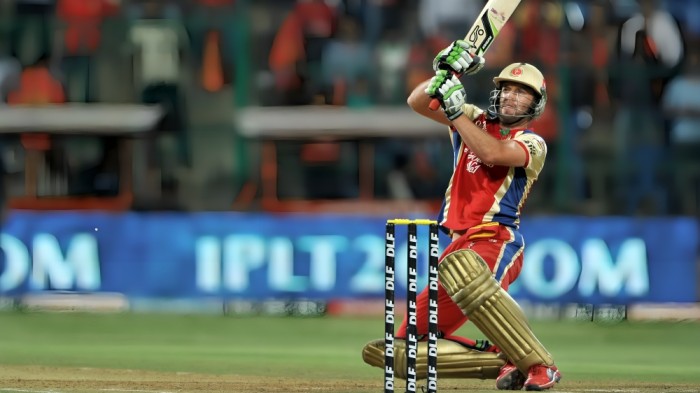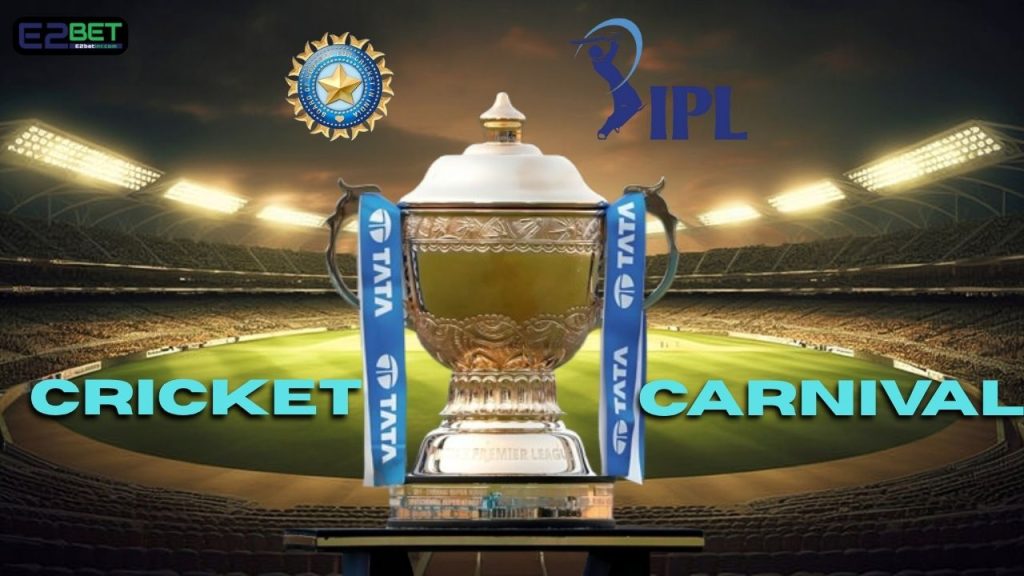What if I told you the Indian Premier League wasn’t just a tournament, but a cinematic journey filled with suspense, big risks, star power, boardroom drama, and game-changing decisions that turned cricket into a billion-dollar blockbuster? The IPL Meteoric Rise wasn’t accidental it was fueled by bold visionaries and risk-takers who transformed a cricket league into a global phenomenon. This is the full behind-the-scenes story, not in dry facts, but as a spicy tale of ambition, stardom, and a revolutionary idea that rewrote the rules of sports business. Dive into the IPL Meteoric Rise and discover the magic behind the madness.
The Spark That Lit the Fire (2007)
In 2007, whispers of something radical began echoing in the BCCI offices. T20 cricket had just delivered a global shockwave after India’s win in the inaugural T20 World Cup. Riding that momentum, a bold idea surfaced a domestic league that merged sport with spectacle. Few believed in it. Even fewer imagined the IPL Meteoric Rise that would follow.
Critics dismissed it as a fad. But behind the scenes, a script was being written that would set the stage for the most dramatic transformation in cricketing history.
The Auction Drama: Where Cities Became Battlefields
January 2008 witnessed a scene straight out of a high-stakes thriller. Corporate giants and Bollywood icons locked horns in a fierce bidding war to own city-based franchises. Mumbai, Delhi, Kolkata each team was more than a squad, it was a brand in the making.
With Shah Rukh Khan picking up Kolkata Knight Riders and Mukesh Ambani’s Reliance Industries taking Mumbai Indians, the glamour and muscle merged. This was the first visible spark in the IPL Meteoric Rise a league that understood the power of perception.
Opening Night Magic: When Cricket Met Cinematic Drama

April 18, 2008. The lights dimmed. Music blared. Dancers dazzled. Then Brendon McCullum walked out and hammered an unforgettable 158* in the very first match. The world paused. This wasn’t cricket as we knew it this was showbiz on a cricket field.
This stunning debut made one thing crystal clear: the IPL wasn’t an experiment, it was an experience. That moment ignited a cultural shift and marked a defining scene in the unfolding drama of the IPL Meteoric Rise.
Billion-Dollar Vision: The Game Beyond the Boundary
If the spectacle dazzled viewers, the business strategy stunned experts. The IPL sold its broadcasting rights in 2008 for $1 billion. By 2022, that number soared to over $6.2 billion. That wasn’t growth that was dominance.
This transformation wasn’t a fluke. It was orchestrated, timed, and delivered like a blockbuster. The commercial design franchises, auctions, media, merchandise created the financial engine that powered the IPL Meteoric Rise.
Cricket Without Borders: The International Impact

What followed was nothing short of global takeover. Top international stars AB de Villiers, Chris Gayle, Shane Watson flocked to India. It wasn’t just Indian fans anymore; the whole world tuned in.
The IPL Meteoric Rise became a phenomenon of global sports culture. Young Indian players shared dressing rooms with legends Like Sachin, Ponting. Viewers across continents picked city loyalties over national ones. This wasn’t just cricket. It was a global brand being built in real time.
The Bollywood Effect: Lights, Camera, Sixes!

One of the IPL’s smartest plays was its partnership with the film industry. Bollywood didn’t just endorse the league it helped shape its identity. Owners like Preity Zinta and Juhi Chawla brought charm, energy, and mass appeal.
Dazzling ceremonies, cheerleaders, halftime shows all of it was part of a spectacle that made people watch even when the ball wasn’t being bowled. This unique crossover became another pillar supporting the unstoppable IPL Meteoric Rise.
Franchise Power: Where Teams Became Empires
Each IPL team isn’t just a squad of eleven it’s a business empire. From jersey sponsorships to digital campaigns and local fan clubs, franchises operate like full-blown media houses.
Their success has turned cricket into commerce, transforming every run and wicket into marketable content. With this model, the IPL not only generated immense profit but sustained a growth pattern unheard of in cricket history.
Fan Domination: From Viewers to Virtual Stakeholders
In the digital age, the IPL embraced technology like no other league. Fans engaged through fantasy cricket, social media polls, memes, and viral reels. Every six became a GIF. Every wicket a trending topic.
This digital-first approach built communities, and suddenly, fans weren’t just watching they were participating. And this loyal digital engagement further accelerated the IPL Meteoric Rise to superstardom.
Timing & Strategy: The Masterstroke of Summer
Launching during April-May was no accident. The IPL strategically filled a gap in the global cricket calendar. It landed during school holidays and before monsoons when the entire nation was indoors, ready for prime-time drama.
It was a perfect play controlling the calendar and dominating the conversation.
The Final Word: From Fantasy to Phenomenon
What began as a gamble turned into a revolution. The IPL Meteoric Rise is no less than a modern-day sports fairytale driven by vision, risk-taking, innovation, and a whole lot of masala.
And for every aspiring sports manager, entrepreneur, or dreamer this isn’t just a story. It’s a roadmap. A living blueprint for what happens when bold ideas meet flawless execution.
The next big sports revolution? Someone’s already writing that script and they’re probably learning from IPL.
READ MORE:
- The Great Caribbean Collapse: A Story of the West Indies Cricket Tragedy
- Why Jasprit Bumrah Is the Most Complete Fast Bowler Ever: Ultimate Weapon
FAQ
What led to the IPL Meteoric Rise?
Smart timing, franchise model, celebrity owners, global players, and entertainment-first strategy.
How did Bollywood Actors help IPL grow?
Bollywood stars added glamour and attracted non-cricket audiences, boosting popularity.
Why is IPL a sports management success?
It’s a perfect mix of business, branding, fan engagement, and innovation.
What role did social media play in IPL’s rise?
It created 24/7 fan interaction, boosting digital reach and youth appeal.
What makes IPL unique from other tournaments?
It blends cricket, entertainment, and business in a fast-paced T20 format.



